It will have a 38 kilometer line, with 24 stops, and will connect the center of Loulé to Olhão Station, with passages in the city of Faro, at the Airport, on the two Faro campuses of the University of the Algarve and at Parque das Cidades. All this, on 100% dedicated lines, with frequencies every 12 minutes, at peak hours, and during extended hours. These are the main characteristics of the Metrobus project presented yesterday in Olhão, which is intended to be completed by 12.
The preliminary study of this mobility solution without the emission of greenhouse gases, either through 100% electric vehicles or with vehicles fueled by green hydrogen, was announced this Wednesday, March 1st, in a session attended by presence of Prime Minister António Costa and other members of the Government, carried out within the scope of the “Governo + Próxima” initiative.
The presentation of the study was made in the old lithograph, located north of the railway line, between the Cemetery and the CP de Olhão Station, acquired in 2021 by the City Council.
This will be the place where the departure station for the future Metrobus will be built, as well as 300 affordable housing units and a parking lot for 500 cars.
The estimate of the company TIS, which carried out the study, commissioned by the Coordination and Regional Development Commission (CCDR) of the Algarve, is that the average demand is around 40 trips per day. As for the installation cost, it will be «an envelope that will be around 120 million euros», although «it is still too early to pinpoint values, because it depends a lot on what the specific interventions are», according to Susana Castelo, from TIS, who presented the study.
José Apolinário, president of CCDR Algarve, revealed that the European Union accepted that the region allocate 70 million euros from the Algarve 2030 Operational Program to this project, which has a strong environmental component, since it will allow, according to the study, to avoid the emission of something like 6,34 thousand tons of CO2/year.
As for the financing model, it could go through the municipalities involved, but also "by a concession, in which the concessionaire assumes this responsibility".
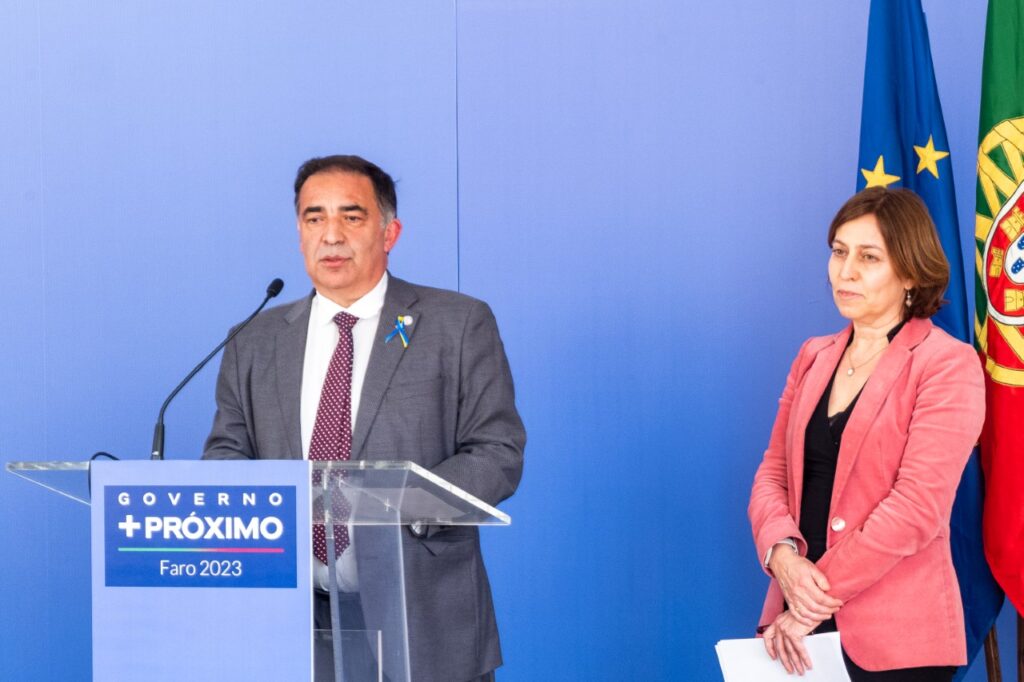
This is, as Susana Castelo pointed out, a project that «has already existed for a long time, about 20 years», which will make it possible to serve «three railway stations in three municipalities», in this case, those of Olhão, Bom João (Faro) and Parque das Cidades (Loulé), but also the Gago Coutinho Airport, Montenegro and the UAlg Campus of Gambelas, among others.
What is at stake is to serve three municipalities that, between them, have about 40% of the resident population of the Algarve, more specifically «about 185 thousand» people, 70 thousand of whom live «less than 600 meters from a bus stop» of the future Metrobus.
Once there is a critical mass, the idea is to create an attractive public transport offer that allows reducing the use of individual transport.
In this way, the project was designed having in mind «a level of service very similar to what is done on the Cascais Line».
Opening hours will be «between 6:30 am and 1:00 am, in order to serve the HORECA sector», with frequencies of «five services per hour and direction, during the peak period on working days (12-minute intervals)».
Outside peak periods on weekdays and weekends, three services are planned per hour and direction (20-minute intervals). At night, there will be two services per hour and per direction (half-hour intervals).
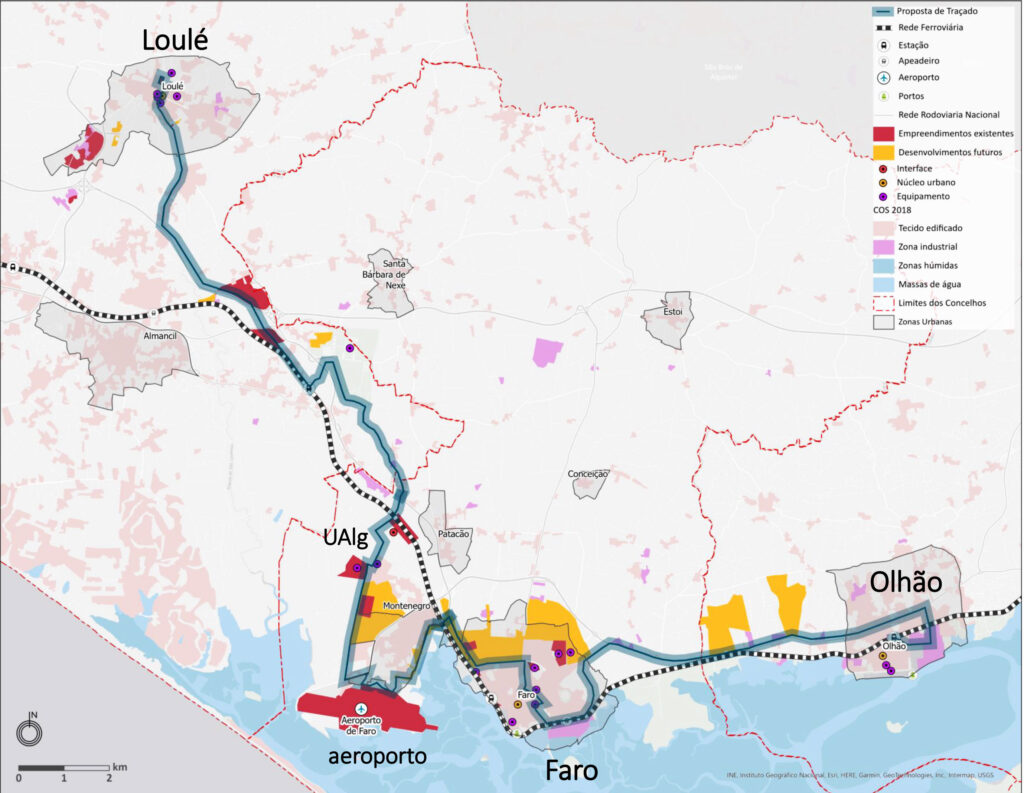
The authors of the study started from a base scenario that pointed to a tram-type solution, which would take advantage of the existing railway line, but this solution proved to be unattractive, due to the associated costs and limitations it would have.
In this way, a Metrobus model was chosen, also known as BRT, the acronym for Bus Rapid Transit.
«They will be vehicles similar to buses, but not exactly like a conventional bus. They have a different look, they have articulated carriages», among other characteristics, explained Susana Castelo to the Sul Informação.
«This whole project is designed to be developed in an exclusive channel. There is no coexistence with other modes. There is an intersection with roads, but it will always have priority for circulation, to allow higher commercial speeds and a performance that competes with the car. Because if we let there be a car here and another one there, in the end we have a bus moving in the middle of the street».
On this Metrobus line «there will be two directions, each in its own corridor».
«This project is truly structuring, as it involves three municipalities, which, being neighbors, are, in practice, at an enormous distance, if they are not properly articulated. This is a fundamental infrastructure for structuring this entire territory. And it's not just because you can walk from one side to the other. It is because it enhances the establishment of activities and their territorial dynamism», illustrated António Costa, during the session.
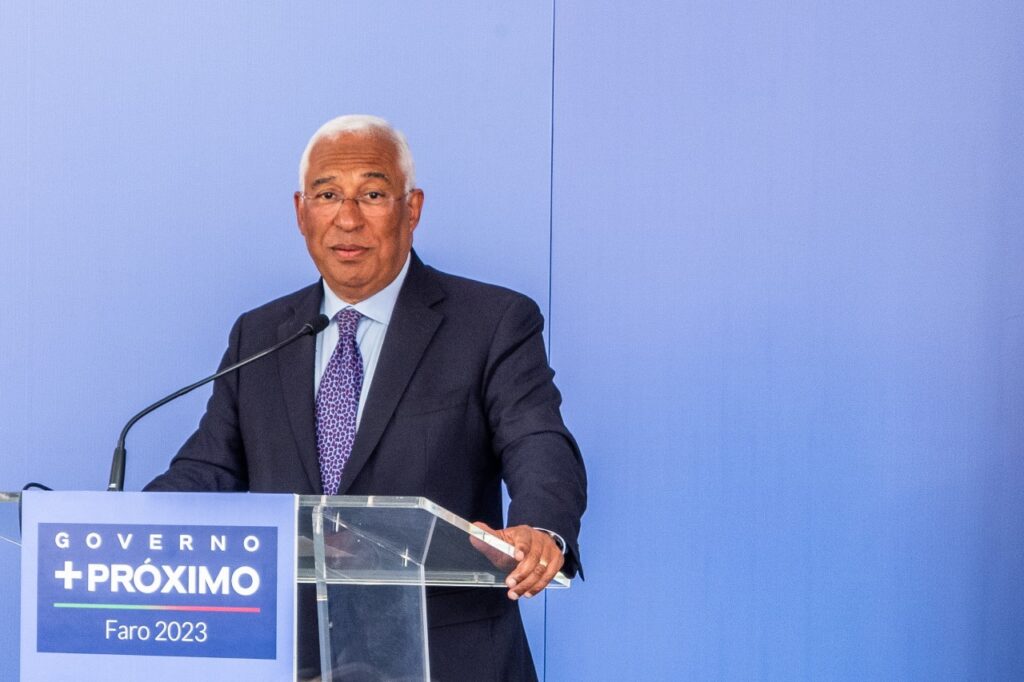
«The study presented today was important for the negotiation with the European Union. Now, we have to do a more detailed analysis, to fine-tune the layout and gauge the exact costs. We will also have to have an idea of what the financing cost will be», considered, for his part, José Apolinário, president of CCDR Algarve, in statements to the Sul Informação, on the sidelines of the session.
In this way, the next steps are already well defined: It is necessary to carry out more studies, more precisely of “search and preliminary sizing of the exploration model”, of “feasibility of the route” and of “economic and financial viability”.
This work is expected to be completed "in the first quarter of 2024", with the deadline for carrying out the project set to be "at the end of 2029", so that the Algarve 2030 funds can be used in full.
José Apolinário also clarified that this is «a project totally separate from the light coastal line of the Algarve», provided for in the National Railway Plan.
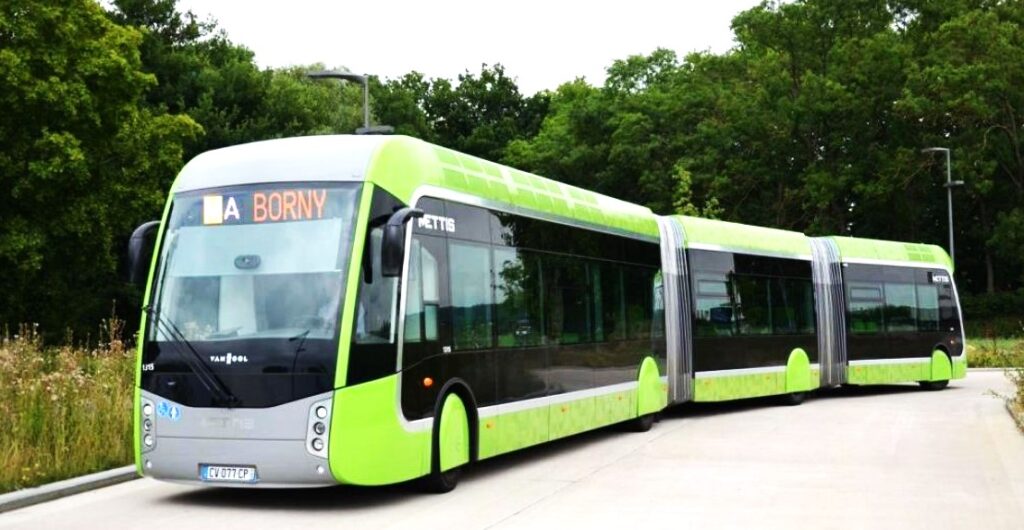
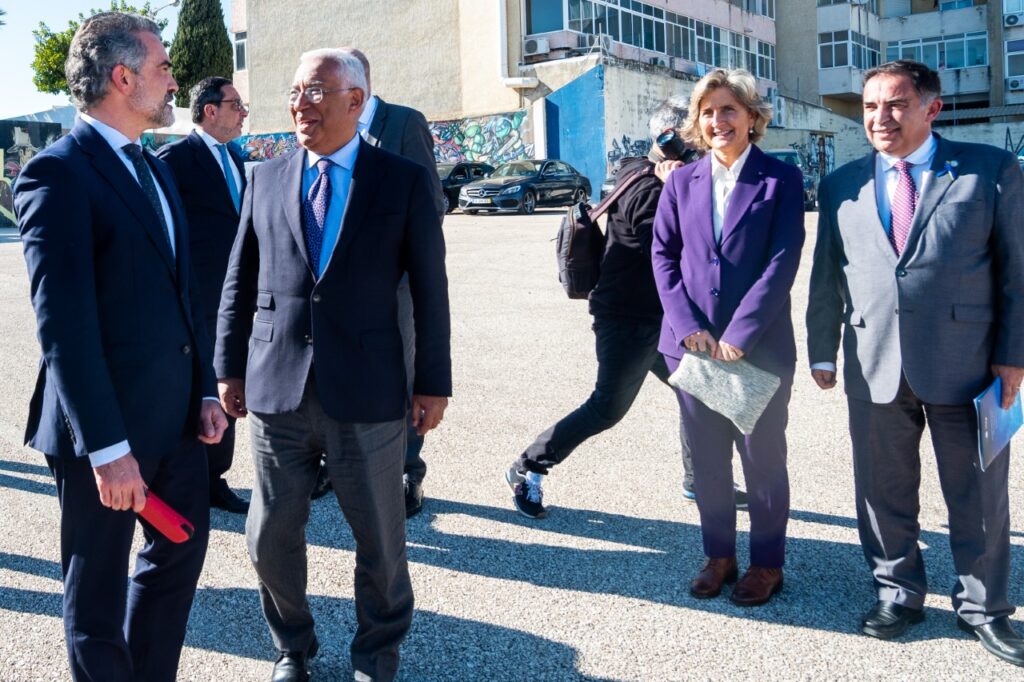
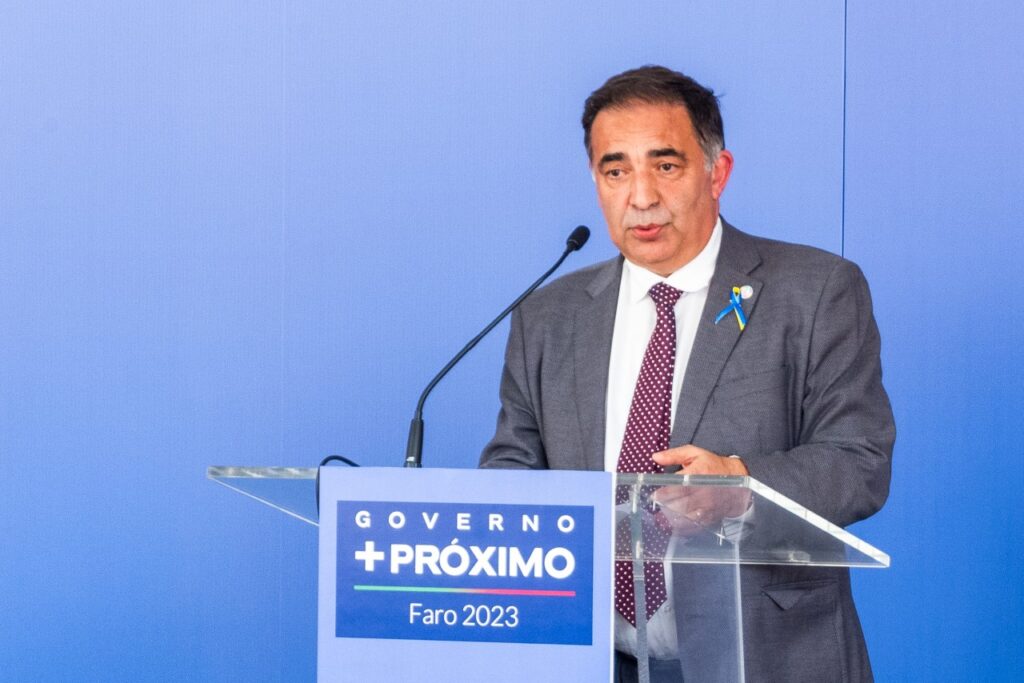
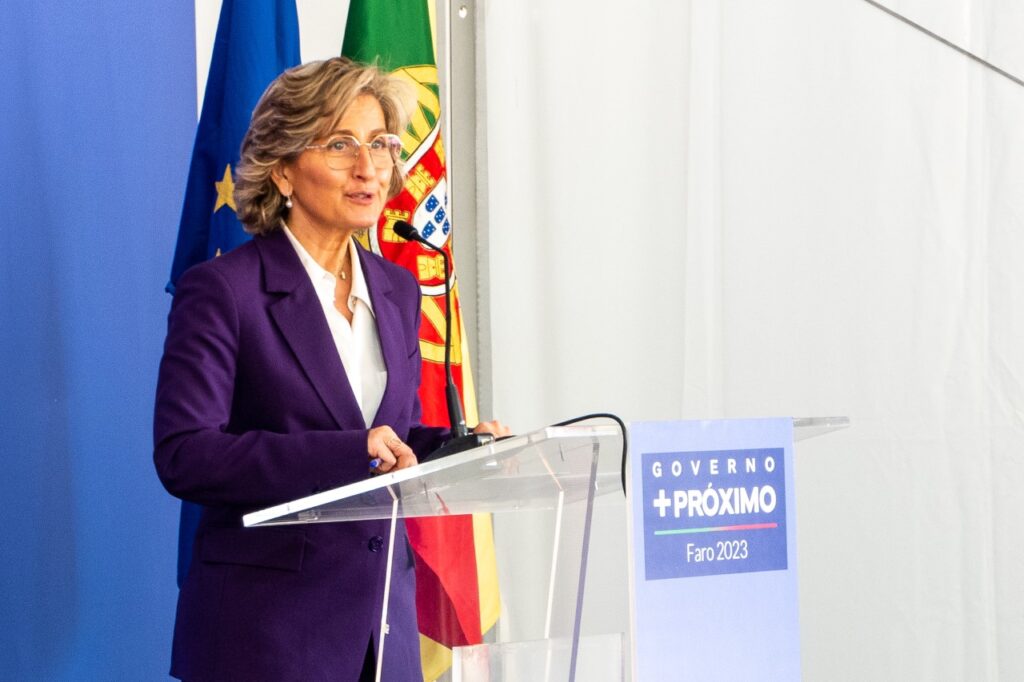
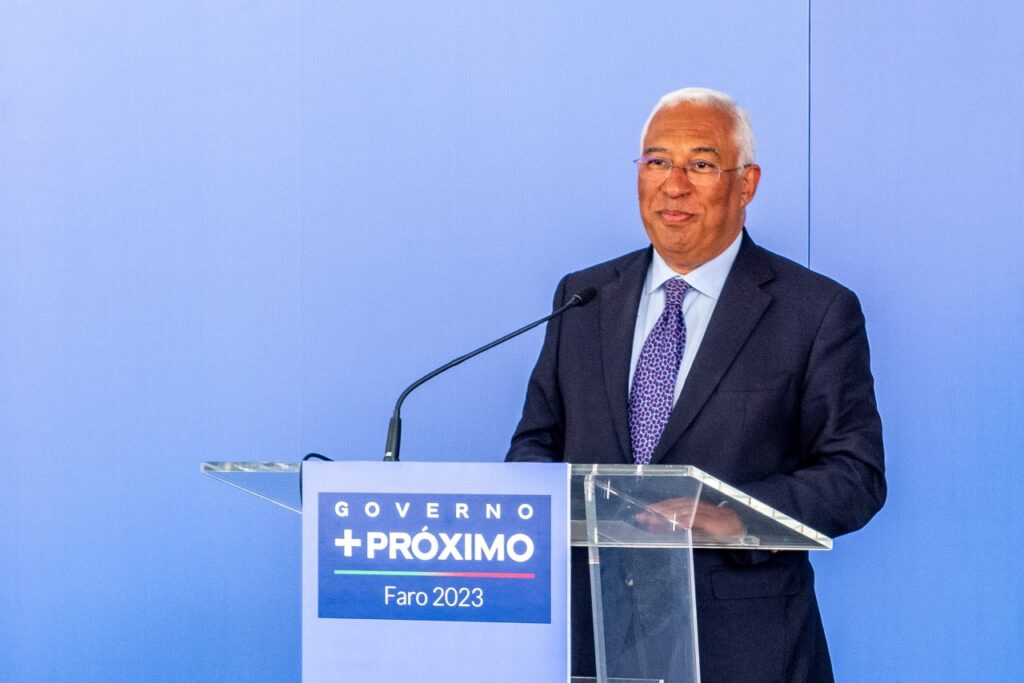


















Comments